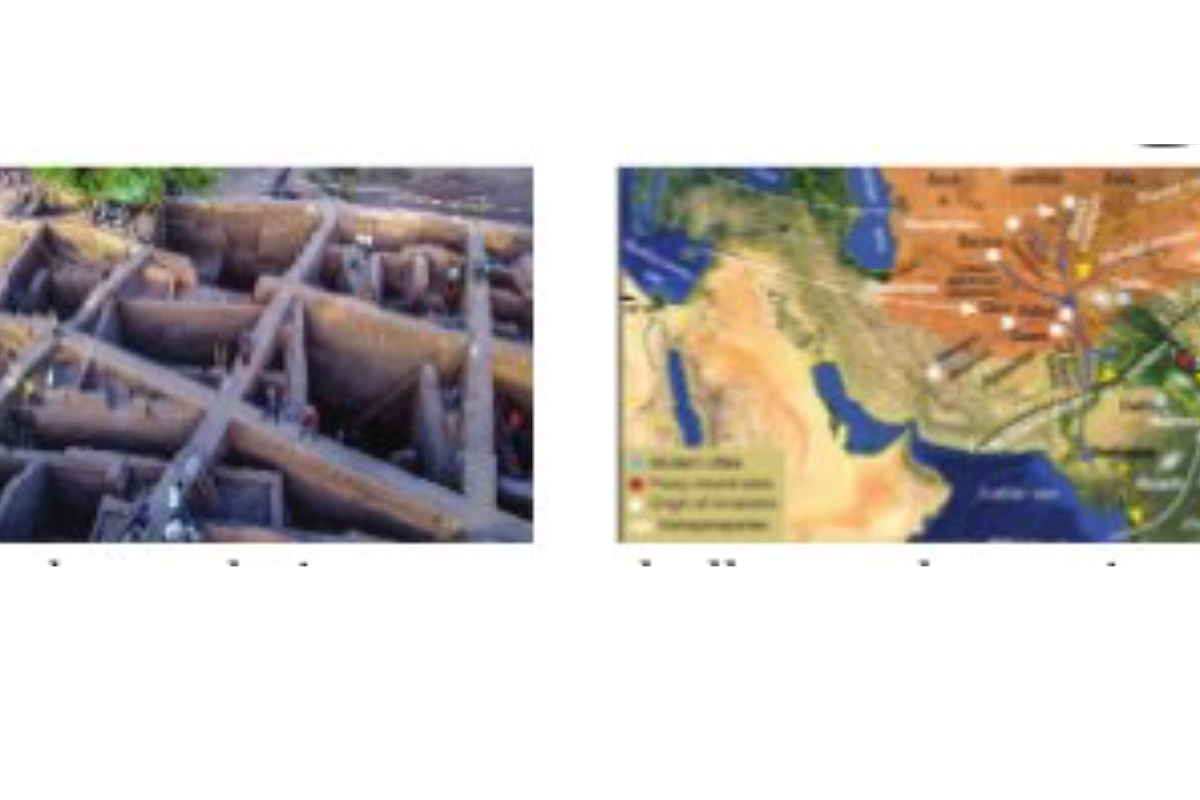In an archaeological excavation at Vadnagar, Gujarat, the consortium of scientists, led by researchers from IIT Kharagpur, ASI, PRL, JNU, and Deccan College, challenges the traditional narrative of a Dark Age in Indian history. The findings, detailed in the paper ‘Climate, human settlement, and migration in South Asia from Early historic to medieval period: Evidence from new archaeological excavation at Vadnagar, Western India,’ published in the prestigious Elsevier journal ‘Quaternary Science Reviews,’ presents a compelling reassessment of historical periods often depicted as obscure.
The excavation at Vadnagar not only unravels a continuous record of early historic to medieval archaeology but also positions the settlement as a vibrant city that predates both Buddhism and Jainism. Professor Anindya Sarkar from IIT Kharagpur suggests that recent radiocarbon dates indicate Vadnagar’s potential age as old as 1400 BCE, challenging the conventional understanding of a Dark Age between the collapse of the Indus Valley civilization and the emergence of Mahajanapadas.
Advertisement
The Dark Age has long been considered a period of scarce archaeological records and historical ambiguity, marked by the collapse of urban centers, de-urbanization, and population contractions. However, the Vadnagar excavation reveals a different story, suggesting a cultural continuity in India for the last 5500 years, with the so-called Dark Age potentially being a historical myth.
The research team’s findings indicate that Vadnagar flourished during various cultural stages, encompassing the Mauryan, Indo-Greek, IndoScythian, Hindu-Solankis, Sultanate-Mughal, and Gaekwad-British colonial rule. The city’s resilience and adaptation through these periods challenge the notion of a stagnant or regressive Dark Age in Indian history.
The study’s lead author, professor Anindya Sarkar, asserts that Vadnagar’s position as the oldest living city within a single fortification in India challenges existing perceptions about the continuity and dynamism of historical settlements during what has conventionally been labelled a Dark Age. As the excavation continues, the Vadnagar findings prompt a re-evaluation of historical timelines and question the existence of a prolonged Dark Age.
The research team’s work highlights the need for a nuanced understanding of India’s ancient history, suggesting that the socalled Dark Age may not have been as obscure as previously believed, but rather a period of cultural resilience, adaptation, and continuous development.
Professor Sarkar emphasizes that Vadnagar’s earliest settlement predates both Buddhism and Jainism, originating around 800 BCE during the early Iron Age or Late Vedic period. The research team delved into the causes behind the settlement’s early inhabitants, considering the possibility of migration after the Meghalayan droughts that led to the collapse of many Harappan cities. Isotope analysis of oxygen in freshwater mollusc shells from the Vadnagar archaeological site provided valuable insights into past rainfall and seasonality, suggesting that settlers arrived during a period of strengthened monsoons post-Meghalayan.
Professor A P Dimri of JNU underscores the study’s significance, asserting that it provides compelling evidence of large-scale migration and invasions driven by climate change in the past, leading to societal instability. The findings offer valuable insights into the ongoing discourse on climate change and its potential impact on human migration in the future.
